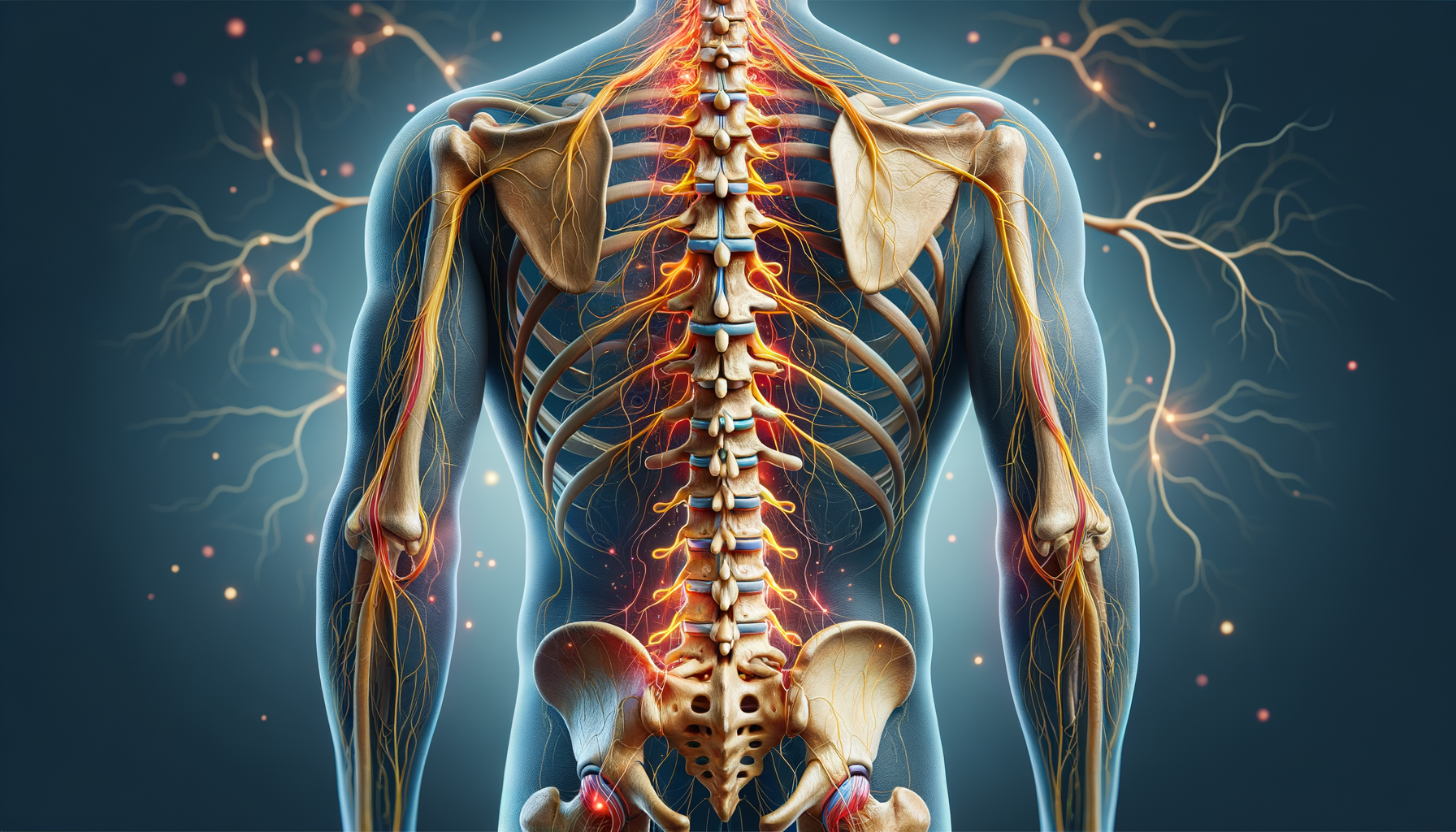Understanding Spinal Stenosis: A Common Condition
Spinal stenosis is a condition characterized by the narrowing of spaces within your spine, which can put pressure on the nerves that travel through the spine. This condition is most commonly seen in the lower back and the neck. As we age, spinal stenosis becomes more prevalent due to the natural wear and tear on the spine. It’s essential to recognize the early signs of spinal stenosis to manage the condition effectively and prevent further complications.
Several factors contribute to the development of spinal stenosis, including osteoarthritis, herniated discs, and thickened ligaments. These conditions lead to the narrowing of the spinal canal, causing symptoms that can significantly impact your quality of life. Understanding the symptoms and causes of spinal stenosis is crucial in seeking timely medical intervention.
Recognizing the Symptoms of Spinal Stenosis
The symptoms of spinal stenosis can vary depending on the location and severity of the narrowing. Common symptoms include:
- Pain in the neck or lower back
- Numbness or tingling in the extremities
- Weakness in the arms or legs
- Difficulty walking or maintaining balance
- Loss of bladder or bowel control in severe cases
These symptoms often develop gradually and may worsen over time. It’s important to note that not everyone with spinal stenosis will experience symptoms, and the severity can vary significantly from person to person. If you suspect you have spinal stenosis, it’s crucial to consult a healthcare professional for a proper diagnosis and treatment plan.
How to Know If You Have Spinal Stenosis
Diagnosing spinal stenosis involves a combination of medical history, physical examination, and imaging tests. During a physical exam, your doctor will assess your symptoms, check your balance and walking, and evaluate any numbness or weakness in your limbs. Imaging tests such as X-rays, MRI, or CT scans are often used to confirm the diagnosis by providing detailed images of the spine and identifying any areas of narrowing.
Early diagnosis of spinal stenosis is vital for effective management. If left untreated, the condition can lead to chronic pain and permanent nerve damage. Therefore, if you experience persistent back or neck pain, numbness, or weakness, seeking medical advice is essential.
Neck Pain and Numbness: A Sign of Spinal Stenosis
Neck pain and numbness are common symptoms of cervical spinal stenosis, which affects the neck region of the spine. This form of spinal stenosis can lead to discomfort and a range of neurological symptoms due to the compression of the spinal cord or nerve roots. Individuals with cervical spinal stenosis may experience:
- Chronic neck pain
- Numbness or tingling in the shoulders, arms, or hands
- Weakness in the arms or legs
- Difficulty with fine motor skills
These symptoms can significantly impact daily activities and overall quality of life. Managing neck pain and numbness involves a combination of physical therapy, medications, and lifestyle modifications. In severe cases, surgical intervention may be necessary to relieve pressure on the spinal cord and nerves.
Conclusion: Managing Spinal Stenosis for Better Quality of Life
Spinal stenosis is a condition that requires careful management to maintain a good quality of life. Recognizing the symptoms early and seeking appropriate medical care can prevent complications and improve outcomes. Treatment options vary depending on the severity of the condition and may include physical therapy, medications, and in some cases, surgery.
If you suspect you have spinal stenosis, it’s essential to consult with healthcare professionals who can guide you through the diagnostic process and develop a personalized treatment plan. By staying informed and proactive, individuals with spinal stenosis can continue to lead active and fulfilling lives.




Leave a Reply